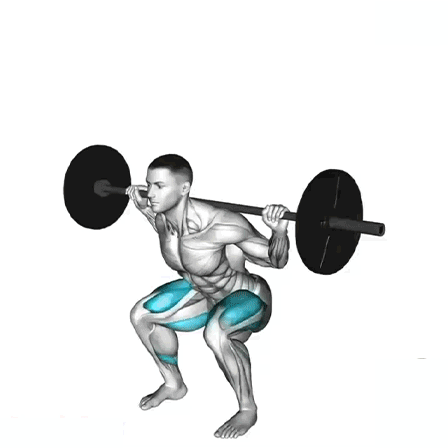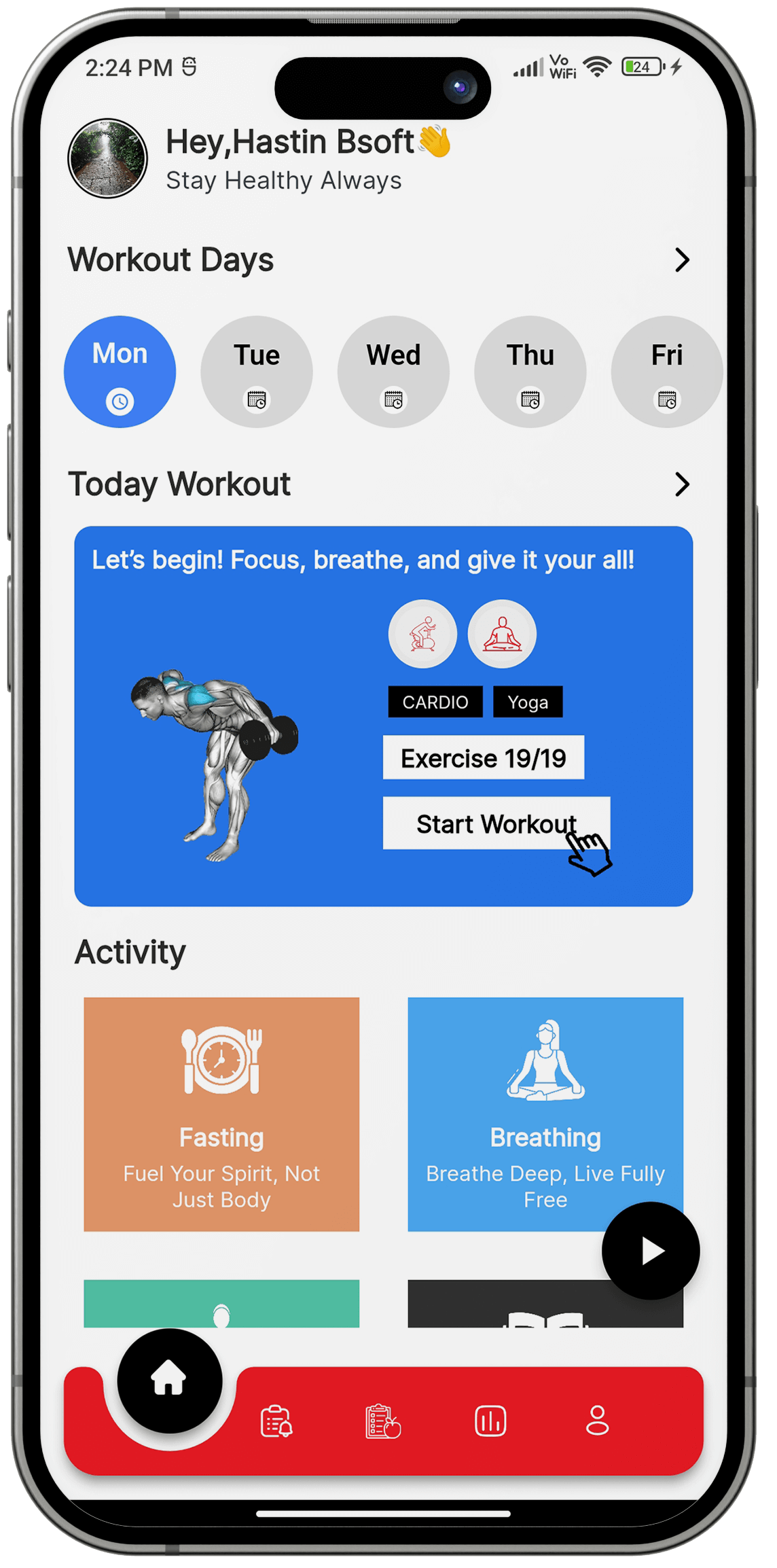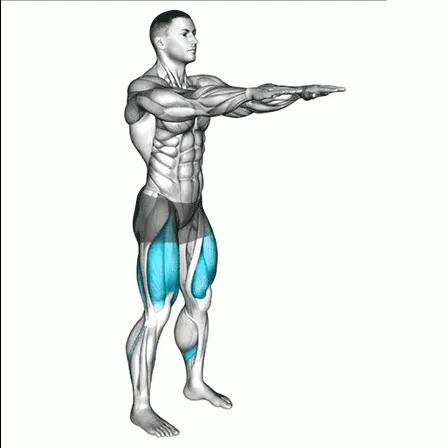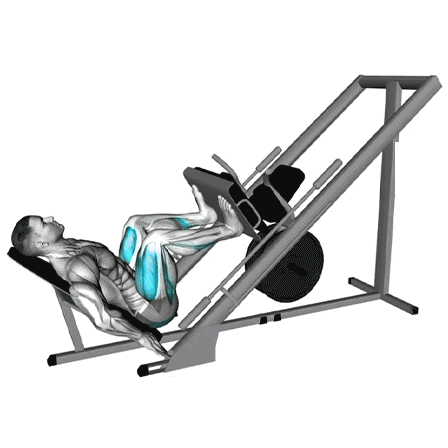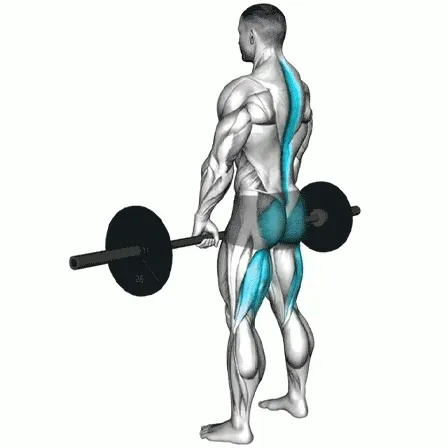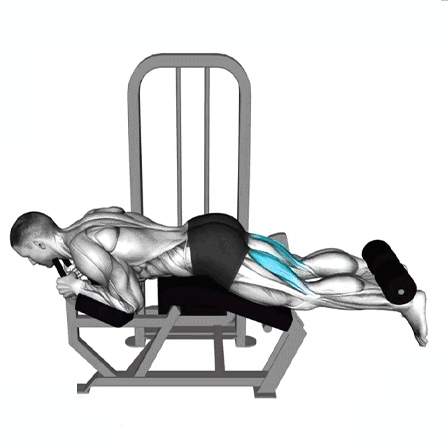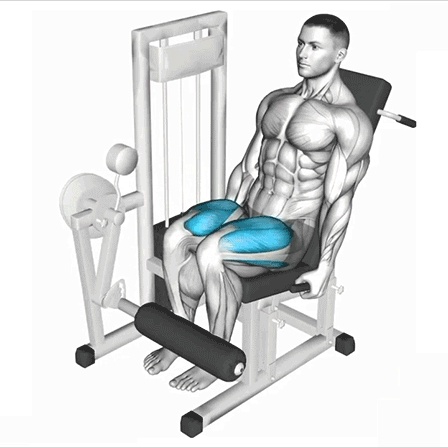Barbell Squats: Essential Form and Tips
The barbell squat is one of the most fundamental strength training exercises, targeting the legs, glutes, and core while also improving overall strength and stability. Mastering proper squat form not only helps you build muscle but also prevents injuries. Whether you’re a beginner learning the basics or an advanced lifter refining technique, understanding the correct setup and execution is crucial.
Step-by-Step Instructions for Barbell Squats
1. Setup
-
Adjust the barbell to just below shoulder height.
-
Load the bar with your chosen weight.
2. Bar Position
-
Stand under the bar with feet about shoulder-width apart.
-
Rest the bar on the muscles at the top of your back, not directly on your neck.
-
Use padding if the bar feels uncomfortable.
3. Grip and Stability
-
Grip the bar with a wide grip for stability.
-
Engage your core and straighten your back.
4. Unrack the Bar
-
Bend your knees slightly and straighten your back.
-
Push up through your legs to lift the bar off the rack.
-
Take a small step back to stabilize.
5. The Squat Movement
-
Keep your chest up and eyes forward.
-
Push your hips back and lower your body down, keeping your heels on the floor.
-
Descend until your thighs are at least parallel to the floor.
-
Drive through your heels to return to standing, without locking out your knees.
Common Mistakes to Avoid
-
Rounding the Lower Back: Keep your chest out, shoulder blades back, and core tight. Maintain a straight spine throughout.
-
Pushing From the Balls of the Feet: Always drive through your heels to reduce strain on joints.
-
Leaning Forward: Maintain slow, controlled movement and ensure your hips and shoulders rise together.
-
Knees Moving Too Far Forward: Hips should drop straight down, not forward. Your knees should not extend beyond your toes.
-
Shallow Squats: Aim to squat at least until thighs are parallel to the ground for maximum benefit.
-
Knees In or Out: Keep knees aligned with your toes to protect your joints.
-
Looking Down: Always keep your gaze forward to maintain posture and avoid rounding your back.
Benefits of Barbell Squats
-
Builds strength in quads, hamstrings, glutes, and calves.
-
Enhances core stability and overall balance.
-
Improves athletic performance by training power and mobility.
-
Increases calorie burn due to engaging large muscle groups.
-
Supports better posture and functional strength for daily movements.
Barbell squats are one of the most effective exercises for building lower body strength and full-body stability. Proper form is the key to maximizing results and minimizing injury risk. By focusing on technique, avoiding common mistakes, and staying consistent, you can make the squat a cornerstone of your strength training routine.
